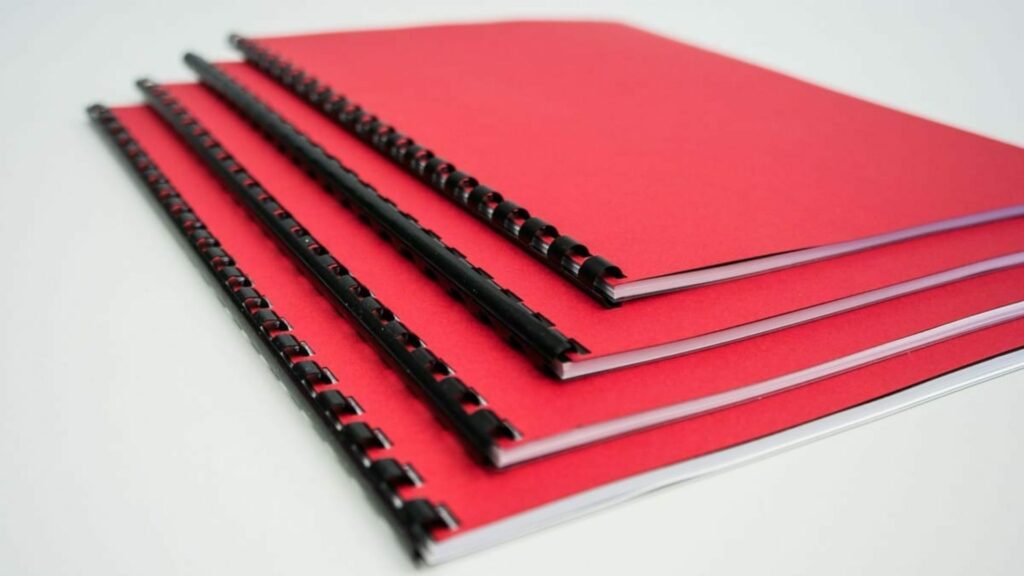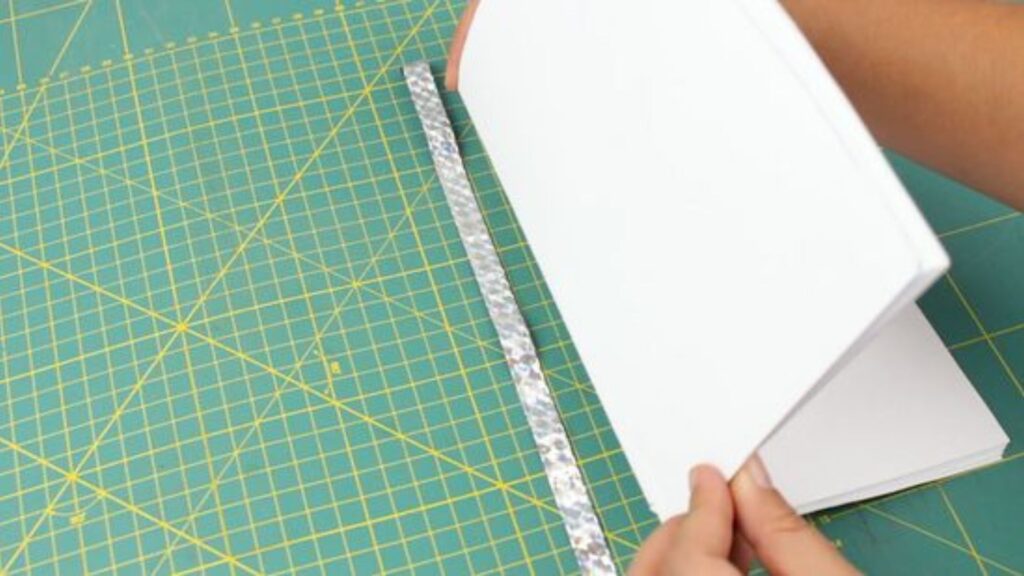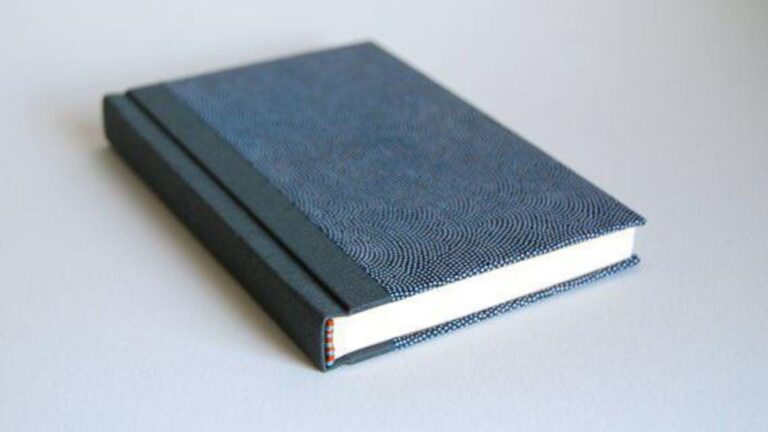
When it comes to presenting documents in a professional and polished format, choosing the right binding method matters. Two popular options—thermal binding and spiral binding—offer distinct advantages depending on your needs for durability, appearance, and usability. This article compares both methods in detail to help you make the best choice for your next project.

What Is Thermal Binding?
Thermal binding uses heat to glue pages into a pre-formed cover. The inside of the spine is coated with a strong, heat-activated adhesive. When the document is inserted into the cover and placed in a thermal binding machine, the glue melts and adheres to the edges of the paper. As it cools, it forms a solid bond.
Common Uses:
-
Business reports
-
Theses and dissertations
-
Company proposals
-
Annual reports
-
Professional portfolios
Advantages:
-
Clean, hardcover-like appearance
-
No visible holes or wires
-
Great for high-volume professional documents
-
Pages are securely fixed in place
What Is Spiral Binding?
Spiral binding (also called coil binding) involves punching holes along the edge of the pages and inserting a plastic or metal coil through them. The coil spirals through each hole and is crimped at the ends to keep it in place. This method allows the document to lay flat and even fold back on itself.
Common Uses:
-
Notebooks
-
Workbooks
-
Presentations
-
Calendars
-
Instructional manuals
Advantages:
-
Pages turn easily and lie flat
-
Durable and flexible
-
Ideal for note-taking or frequent handling
-
Can accommodate a wide range of thicknesses
Key Differences Between Thermal and Spiral Binding
Let’s explore how these two methods compare across important criteria:
1. Appearance
-
Thermal Binding: Offers a sleek, book-like finish with a smooth spine; ideal for formal and professional use.
-
Spiral Binding: Looks casual and functional with visible coils; great for utility-focused documents.
2. Durability
-
Thermal Binding: Very durable when handled with care, but the spine can crack or loosen under stress.
-
Spiral Binding: Coils are durable and flexible, resisting damage even when the document is bent or folded.
3. Ease of Use
-
Thermal Binding: Requires a thermal binding machine and some setup time.
-
Spiral Binding: Requires a hole punch and a spiral inserter or manual threading, but is generally easy to manage at home or office.
4. Editability
-
Thermal Binding: Not editable after binding—pages cannot be added or removed without cutting the spine.
-
Spiral Binding: Partially editable—you can remove or add pages if you uncoil and rebind.
5. Page Capacity
-
Thermal Binding: Handles up to 500 pages, depending on spine width and machine.
-
Spiral Binding: Suitable for small to medium-sized documents—typically up to 300 pages with plastic coils.
6. Cost
-
Thermal Binding: Typically more expensive due to the need for thermal covers and machinery.
-
Spiral Binding: More cost-effective, especially for short runs or casual projects.
When to Choose Each Method
Choose Thermal Binding if:
-
You need a professional finish for business, academic, or legal purposes.
-
Your document won’t require future editing.
-
You want a printed spine for easy shelf identification.
Choose Spiral Binding if:
-
You need a flexible, user-friendly format.
-
Your document will be frequently opened or written in.
-
You prefer a lay-flat design for easy reading or note-taking.
Conclusion
Thermal and spiral binding each serve specific purposes. Thermal binding excels in creating formal, polished documents that impress in professional settings. Spiral binding, on the other hand, offers functionality, ease of use, and flexibility—perfect for everyday materials and hands-on workbooks. By understanding their strengths and limitations, you can choose the best binding solution for your project’s goals and audience.






